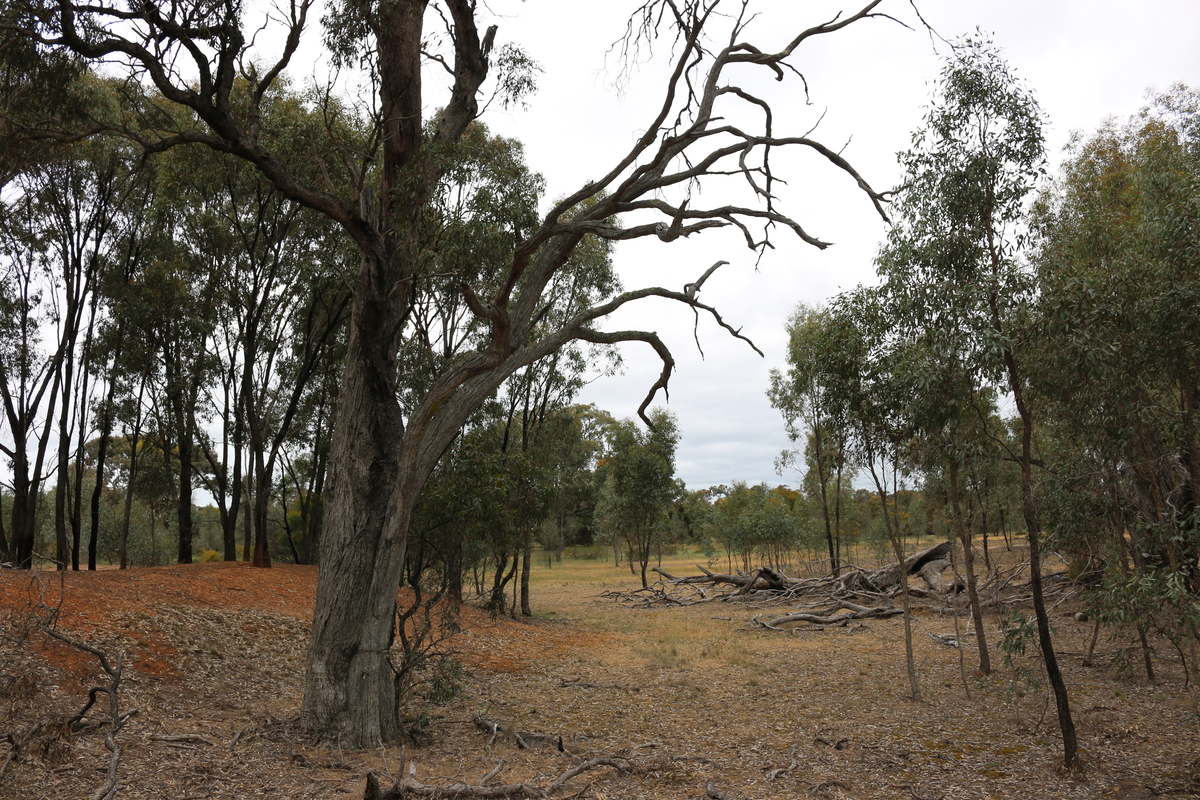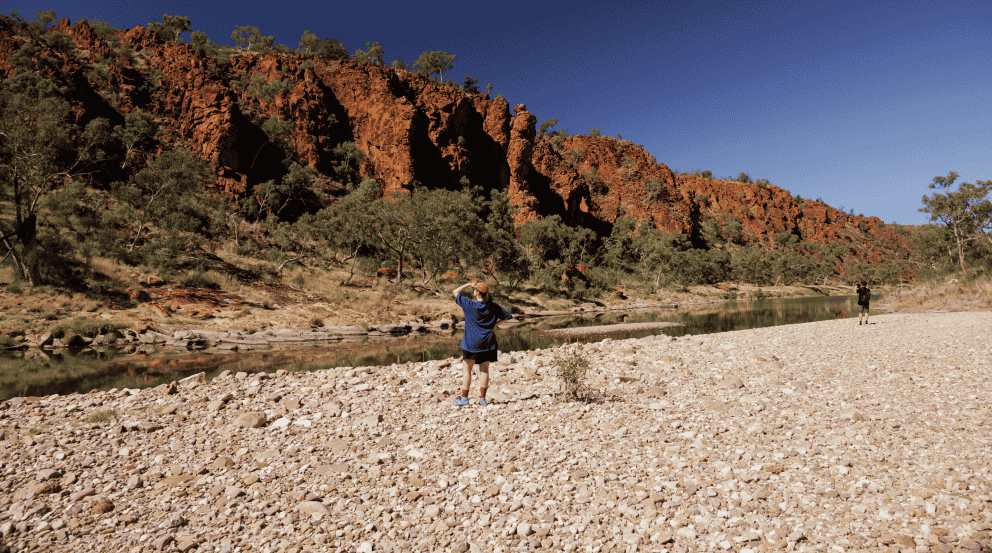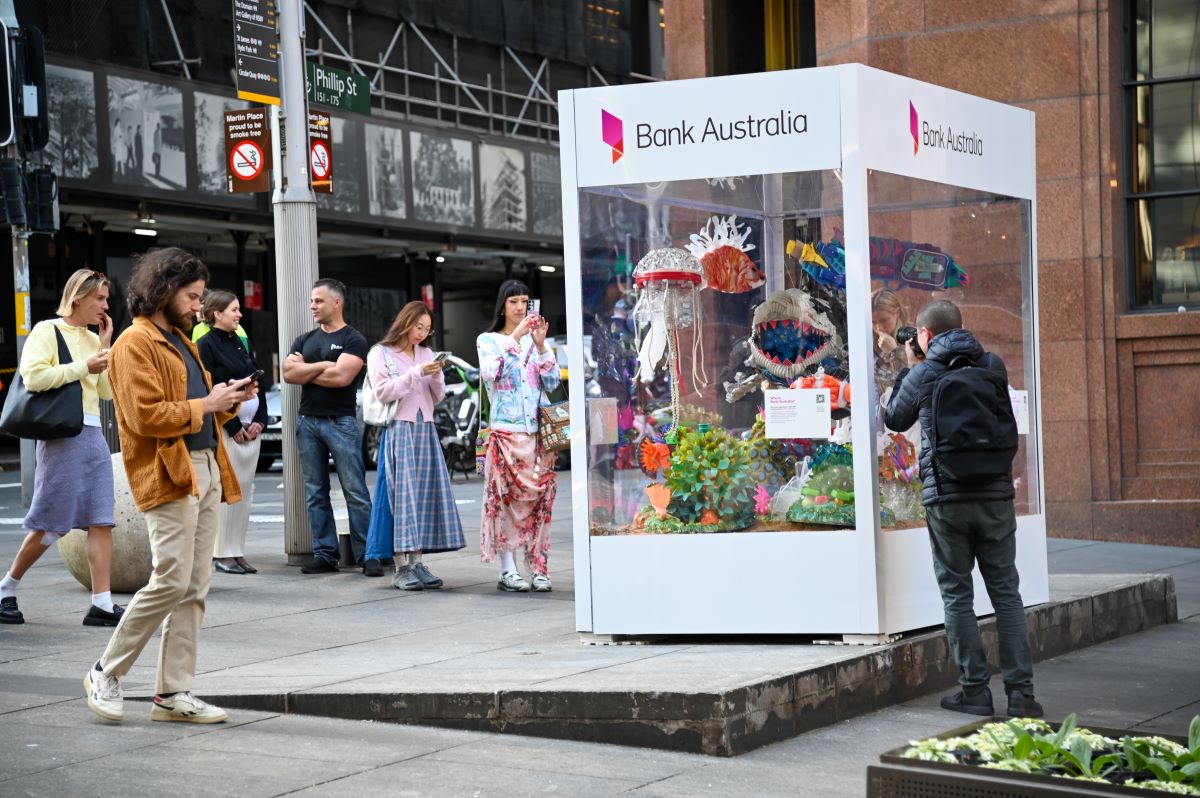With power bills and summer temperatures both rising, it’s more important than ever to conserve energy when keeping your house cool. We speak to Renew’s Helen Oakey about some practical, low-cost ways to beat the heat – without the spike in bills.
Climate change is intensifying the heat of Australian summers, but some simple behavioural changes and home updates can go a long way in helping you stay comfortable and protect your health, all while keeping your energy bills in check.
We spoke to Helen Oakey from Renew – a not-for-profit focused on sustainable living – to share her tips on keeping cool without spiking your energy bill this summer.
Start with insulation and sealing
You might associate insulation with staying warm in winter, but it’s just as important in summer – only this time it’s about keeping the heat out instead of in.
“The first thing is insulation,” says Helen. “If you own your home, consider putting in ceiling insulation. That can make a really big difference to summer heat.” A thick layer of insulation in your ceiling (“aim for at least R5,” says Helen) helps to stop heat coming into your house. Wall insulation, which can be a bigger job to install, also really helps keep your home cool.
It also helps keep cool air in. “During the day, if you’re trying to keep an area cool, it’s important to keep it sealed so that the cool air doesn’t escape,” says Helen. “That might be putting a snake along the bottom of a door or using a caulking gun to seal up small gaps*.”

Block the sun from hitting your windows
The sun behaves differently in summer. “In winter, the sun is lower in the sky and we welcome it into our homes,” Helen says. “But in summer, the sun is much higher and harsher; your home can heat up quickly, especially if windows are facing north or west.”
That’s where window shading comes in. “If the sun hits your glass, heat comes straight through,” Helen says. “If it’s broken up with shade, that can soften the impact.”
Permanent solutions – like eaves, pergolas, vegetation and trees – provide long-term protection. But even if you rent or are on a budget, temporary solutions like external bamboo blinds, a shade cloth or tarps over windows can really help. “Even something as simple as a screen hanging from a gutter can make a huge difference.”
Indoors, thermal curtains and honeycomb blinds offer another layer of protection. “The same things that keep heat in during winter – heavy curtains, pelmets, even bubble wrap on the glass – can also help keep heat out in summer,” Helen says.
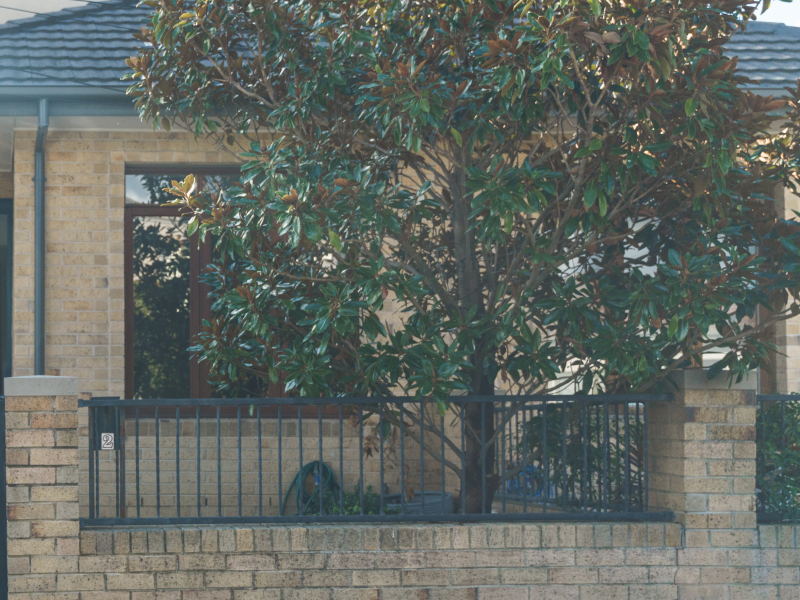
Work with your home’s rhythm
When it’s hot, it helps to take a proactive approach to managing your home’s temperature. “In summer, you have to work with the house,” Helen says. “Close the windows and curtains in the morning to keep the hot daytime air out, then open up again in the evening once the outside air is cooler. It’s a good rhythm to get into. It doesn’t cost anything, and really works.”
This simple habit can keep your home’s temperature down during the day, reducing or delaying the need for air conditioning. Helen also recommends making the most of cool changes and thunderstorms when they roll through: “Open the windows and let your house breathe.”

Fans are simple, cheap and effective
Ceiling and pedestal fans are a low-cost, energy efficient way to keep cool. “Fans are the magic ingredient,” Helen says. “They’re affordable, accessible, cheap to run and great for renters.”
Combine fans with simple evaporative cooling tricks to cool your body directly. Helen recommends having a spray bottle or damp cloth nearby, including overnight, and wetting your body while a fan blows over you. For kids, a shallow bath of cool water followed by time under the fan can be refreshing throughout the day. “By combining air and water, you can create a personal cooling system that mimics how evaporative coolers work,” Helen says.
Also, if you have ceiling fans, remember to get up on a ladder and switch them to ‘summer’ mode, so they are pushing cool air down.

Use air conditioning strategically
Some people worry about the cost and environmental impact of air conditioners, but modern reverse-cycle systems are surprisingly efficient, especially when powered by rooftop solar. “Heat pump technology used in reverse-cycle split systems is efficient for cooling as well as heating,” Helen says. “If you’re already using it in winter for heating, just flip it to cooling mode for summer.”
To reduce energy use, Helen suggests setting your thermostat to around 21–24°C, using eco mode, and setting timers to avoid the system running unnecessarily. “Instead of putting it on full blast when you get home, time it to start cooling the house before you get home in the evening, especially if you can use solar that generates lots of energy in the afternoon,” she says. “Turn the cooling off in the evening when the temperature drops, so you’re not running it longer than needed.”
Make sure your system is the right size for your space, and have it serviced annually (including a filter clean) to keep it running efficiently.

Change your habits and look after yourself (and others)
Keeping cool and safe in summer can mean tweaking your habits and checking in on those around you.
Try to avoid heating your home with appliances in extreme heat. “Cooking with the oven or over a gas flame adds another heat source,” Helen says. “Instead, try prepping food early, opting for cold foods like salads, or using a BBQ outside. If you own one, or can afford to upgrade, induction cooktops don’t add as much heat to a room as a gas cooktop.”
Showers are another way you can stay cool and save. “A quick, cool shower in summer is great for your body and energy bills,” Helen says. “If you are considering appliance upgrades, a hot water heat pump is the most efficient way to heat water year-round, and also a great step towards getting off gas.”
Where possible, schedule outdoor activities (like exercising or market shopping) for early morning or early evening. “Try to avoid being out in the heat in the middle of the day,” Helen says. But if your home becomes unbearably hot, head to a cooled communal space to chill out. “The library, shopping centre or the movies all work,” Helen says.
Finally, drink plenty of water and remember to check in on others during bouts of extreme heat. “People with illnesses, disabilities or older people are more vulnerable to heat stress,” Helen says. “Hydration is critical.”
*Note: If you're still using gas appliances, seek expert advice before sealing to maintain ventilation and ensure safety.
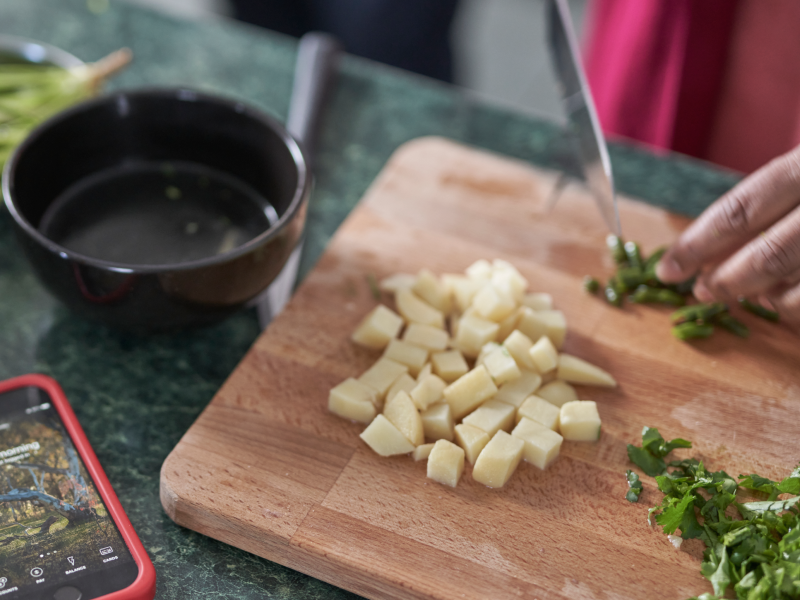
Are you a homeowner or renovator looking to make your home more energy efficient? Find more information in Renew’s Sustainability at Home and Getting off Gas guides.
Bank Australia customers can also access BOOM! Power’s Electrify Your Home tool to find out how to make the switch to all-electric.




